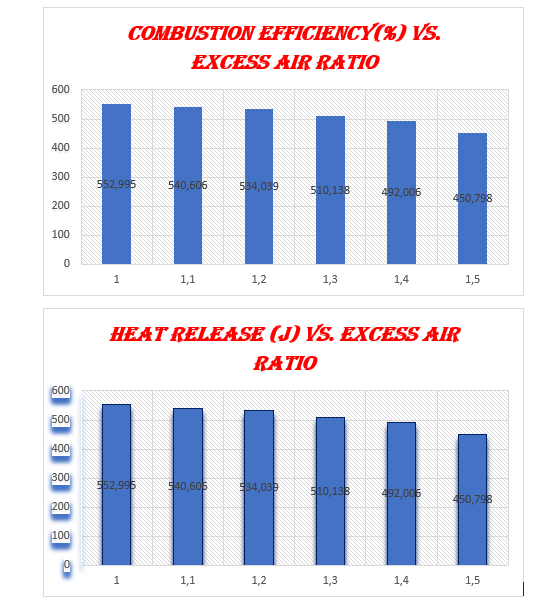
Effect of Excess Air Ratio on Emissions, Performance and Efficiency of Gasoline Fueled Engines: A Review
Corresponding Author:
Saliha Özarslan
DOI Number https://doi.org/10.52924/PUPX2065
Received: 27.03.202
Accepted 01.06.202
Published 01.06.202
Summary:
In this paper, the fundamental aspects of the effect of excess air ratio (λ) on emissions and engine performance in spark-ignition engines are reviewed. The pollutants examined under both lean and ultra-lean conditions are oxides of nitrogen, unburned hydrocarbons and carbon monoxide. There is usually a range of fuel to air ratios beyond which ignition will not take place, hence, among the many techniques, some significant technologies that enable a leaner combustion mode in spark-ignition engines exist, which include modifications in the engine design, operating parameters and improvement of the fuels. In this paper, mainly the most prominent, up to date, and effective technologies such as ignition strategy, injection strategy, fuel blending, pre-chamber addition, are included. In addition to the effect the excess air ratio has on emissions, engine performance and efficiency are reviewed. This is done through the analysis of the Indicated Mean Effect Pressure, Coefficient of Variation, Fuel Consumption and Indicated Thermal Efficiency. The topics discussed relate to the primary categories listed above, but they are not exclusive to them. Finally, a conclusion and recommendations for future work are considered..
Graphical Abstract:
